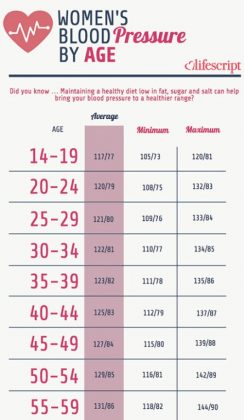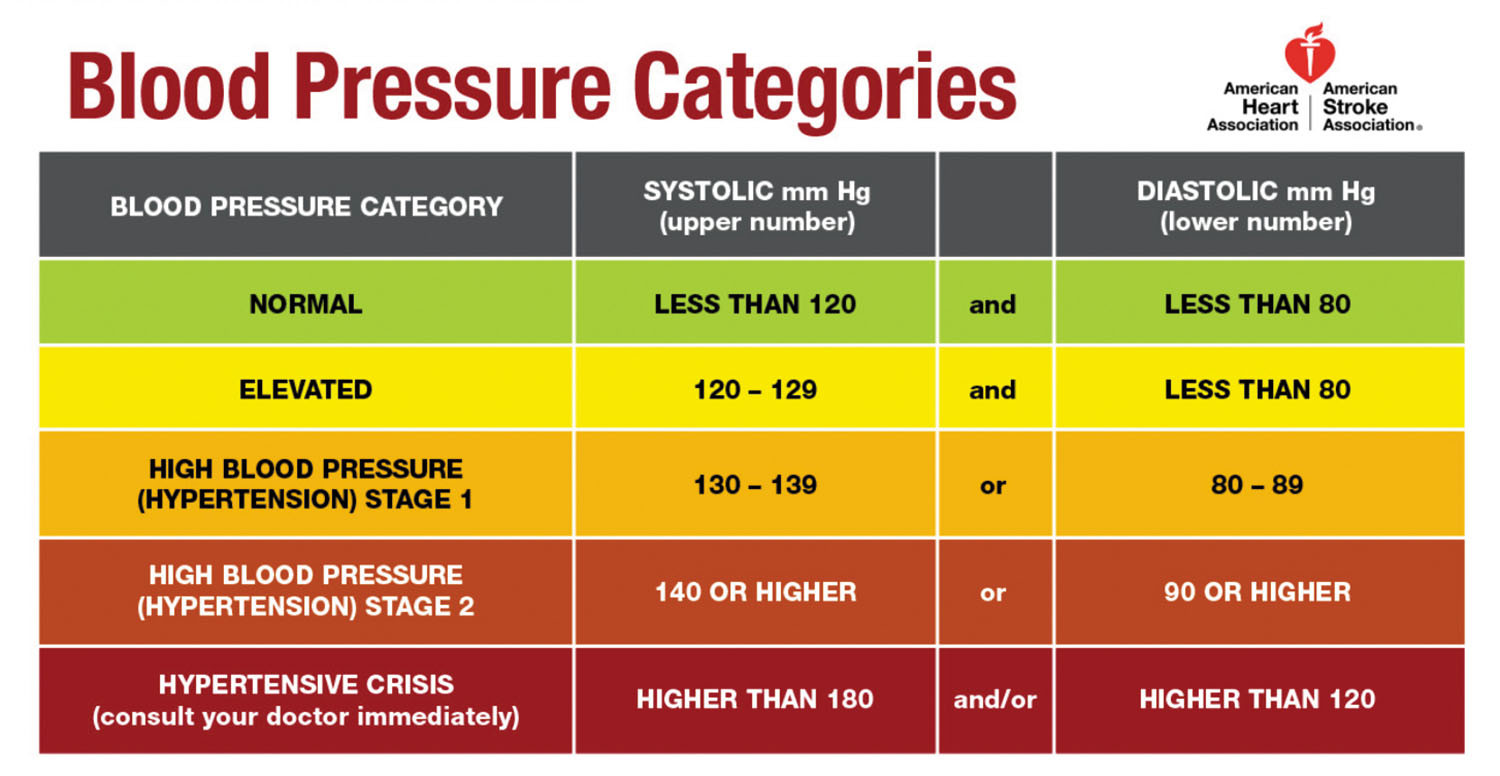

Bring the monitor with you to your doctor's office to check its accuracy once a year. Make sure to use a validated device, and check that the cuff fits. Home blood pressure monitoring isn't a substitute for visits to your doctor, and home blood pressure monitors may have some limitations. Home blood pressure monitors are widely available and inexpensive, and you don't need a prescription to buy one. Home monitoring is an important way to confirm if you have high blood pressure, to check if your blood pressure treatment is working or to diagnose worsening high blood pressure. Your doctor may ask you to record your blood pressure at home to provide additional information and confirm if you have high blood pressure.

This is a common type of high blood pressure among people older than 65.īecause blood pressure normally varies during the day and may increase during a doctor visit (white coat hypertension), your doctor will likely take several blood pressure readings at three or more separate appointments before diagnosing you with high blood pressure. Isolated systolic hypertension is a condition in which the diastolic pressure is normal (less than 80 mm Hg) but systolic pressure is high (greater than or equal to 130 mm Hg). But after age 50, the systolic reading is even more important. If you also have chest pain, vision problems, numbness or weakness, breathing difficulty, or any other signs and symptoms of a stroke or heart attack, call 911 or your local emergency medical number.īoth numbers in a blood pressure reading are important. If your blood pressure is still this high, contact your doctor immediately. If you get this result when you take your blood pressure at home, wait five minutes and retest. A blood pressure measurement higher than 180/120 mm Hg is an emergency situation that requires urgent medical care. More-severe hypertension, stage 2 hypertension is a systolic pressure of 140 mm Hg or higher or a diastolic pressure of 90 mm Hg or higher.

Stage 1 hypertension is a systolic pressure ranging from 130 to 139 mm Hg or a diastolic pressure ranging from 80 to 89 mm Hg. Elevated blood pressure may also be called prehypertension. Elevated blood pressure tends to get worse over time unless steps are taken to control blood pressure. Elevated blood pressure is a systolic pressure ranging from 120 to 129 mm Hg and a diastolic pressure below (not above) 80 mm Hg.

Your blood pressure is normal if it's below 120/80 mm Hg. Blood pressure measurements fall into several categories:


 0 kommentar(er)
0 kommentar(er)
